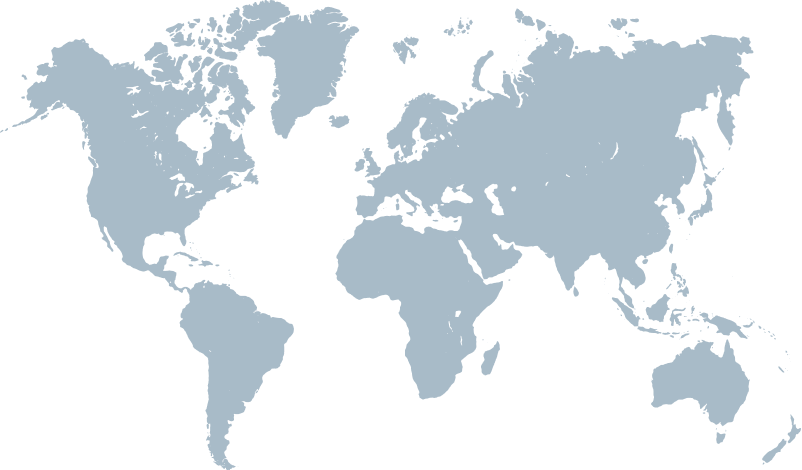The store will not work correctly in the case when cookies are disabled.
Looks like you're visiting a page that doesn't exist in your region
Go to another regions home page
This isn’t what you wanted to see.
The page you're looking for is not available for one of the following reasons:
- If you typed the URL directly, please make sure the spelling is correct.
- The product you were looking for is not available in your region.
- If you clicked on a link to get here, the link is outdated.
Use search bar to search for products




